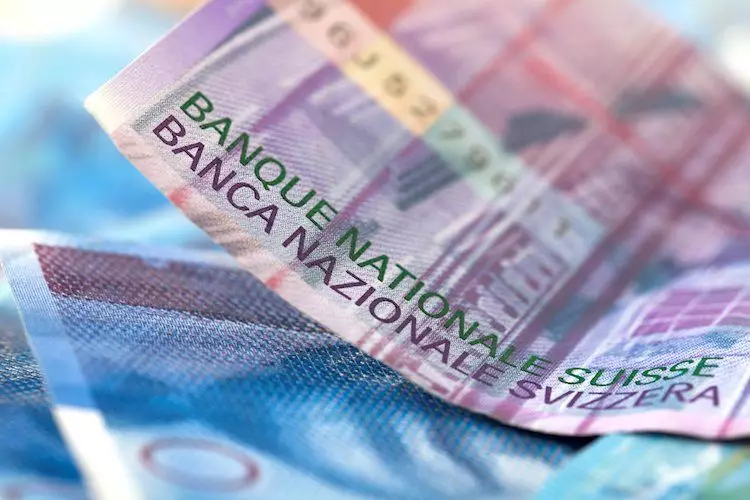The USD/CHF pair is currently trading in negative territory near 0.8620, marking the third consecutive day of losses. The main factor contributing to this downward pressure on the pair is the weakening US Dollar. The market is anticipating three quarter-point rate cuts by the Federal Reserve this year, which is weighing on the USD. Traders are reacting to the possibility of deep rate cuts, as evidenced by the sell-off in the USD Index (DXY) dropping below the 102.00 support level. This negative sentiment surrounding the USD is likely to continue as the Fed Chair Jerome Powell’s upcoming speech is expected to provide further insights into the future trajectory of US interest rates.
Despite the downward pressure on the USD, there are some factors that could limit the downside for the USD/CHF pair. One such factor is the easing geopolitical risks in the Middle East. Reports indicate that there have been efforts to de-escalate tensions between Israel and Hamas, potentially reducing the geopolitical risk premium. This development could drag the Swiss Franc (CHF) lower, creating a supportive environment for the pair. The CHF is considered a safe-haven asset, but in times of reduced geopolitical tensions, its value may weaken against other currencies.
The Swiss Franc (CHF) is a significant currency in the global foreign exchange market, being among the top ten most traded currencies. This is due to the stable Swiss economy, robust export sector, and the perception of Switzerland as a safe-haven destination for investors. The value of the CHF is influenced by various factors such as market sentiment, economic conditions, and actions taken by the Swiss National Bank (SNB). The removal of the EUR peg in 2015 caused significant market turmoil, showcasing the impact of the CHF on global markets.
The SNB meets quarterly to decide on monetary policy, aiming for an inflation rate of less than 2%. When inflation exceeds targets, the SNB may raise interest rates to control price growth. These rate hikes can make the CHF more attractive to investors, strengthening its value. Conversely, lower interest rates weaken the CHF. Macroeconomic data releases in Switzerland are crucial for assessing the health of the economy and influencing the valuation of the CHF. High economic growth, low unemployment, and stability in inflation and current account can boost the CHF while weakening economic indicators may lead to depreciation.
Switzerland’s close economic ties to the Eurozone make its currency, the CHF, highly correlated with the Euro (EUR). Models suggest that this correlation is over 90%, illustrating the dependency of the CHF on Eurozone economic and political stability. The health of the Eurozone economies directly impacts Switzerland’s economy, making it essential for the CHF’s value. Any disruptions in the Eurozone can have cascading effects on the CHF, highlighting the interconnectivity of global markets.
The USD/CHF pair is currently facing downward pressure due to rate cut expectations and a weaker US Dollar. However, easing geopolitical risks in the Middle East and the dynamics of the Swiss Franc as a safe-haven asset could impact the pair’s movements in the near term. The role of the SNB in setting monetary policy and the economic dependencies between Switzerland and the Eurozone further underscore the complexities of trading the USD/CHF pair. Traders should closely monitor these factors to make informed decisions in the foreign exchange market.


Leave a Reply